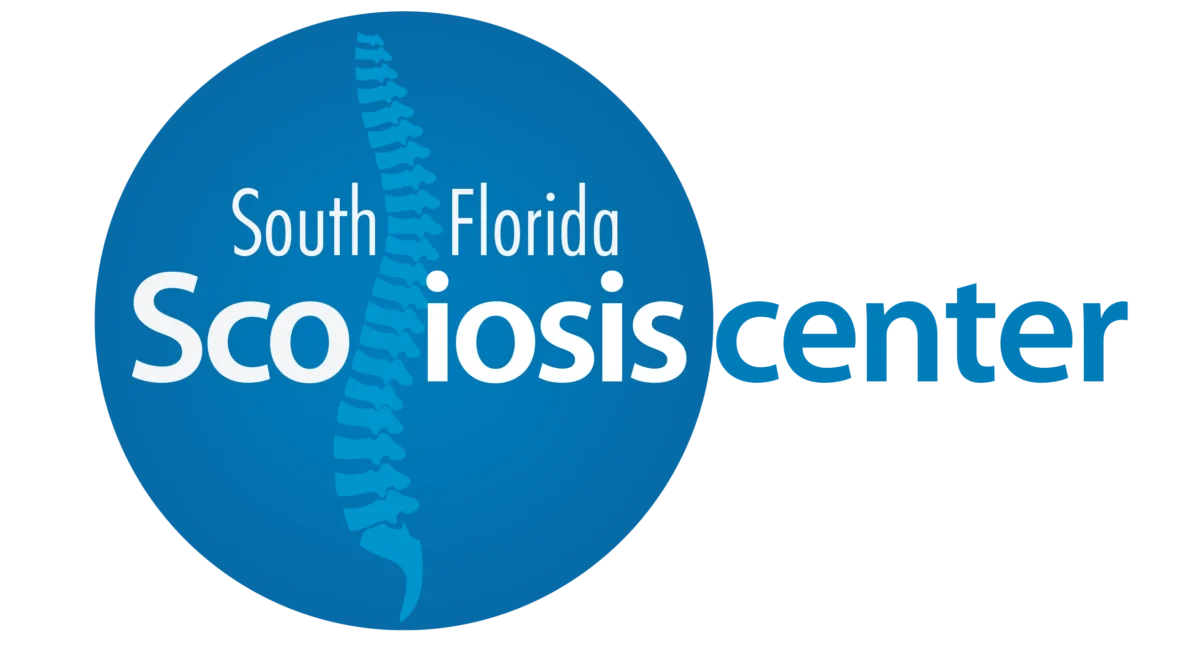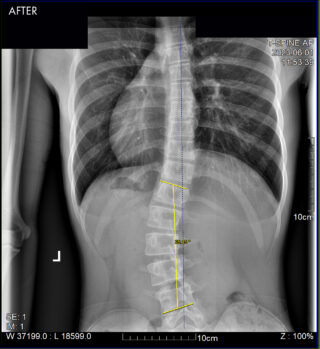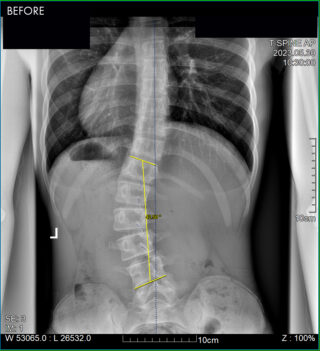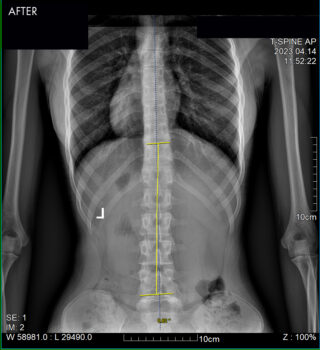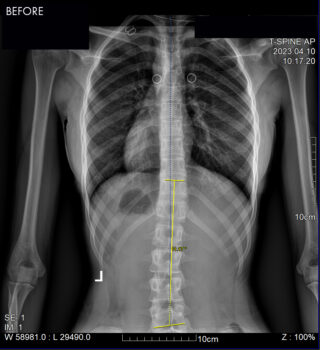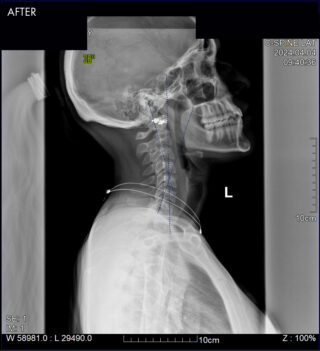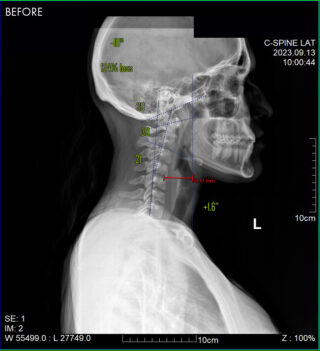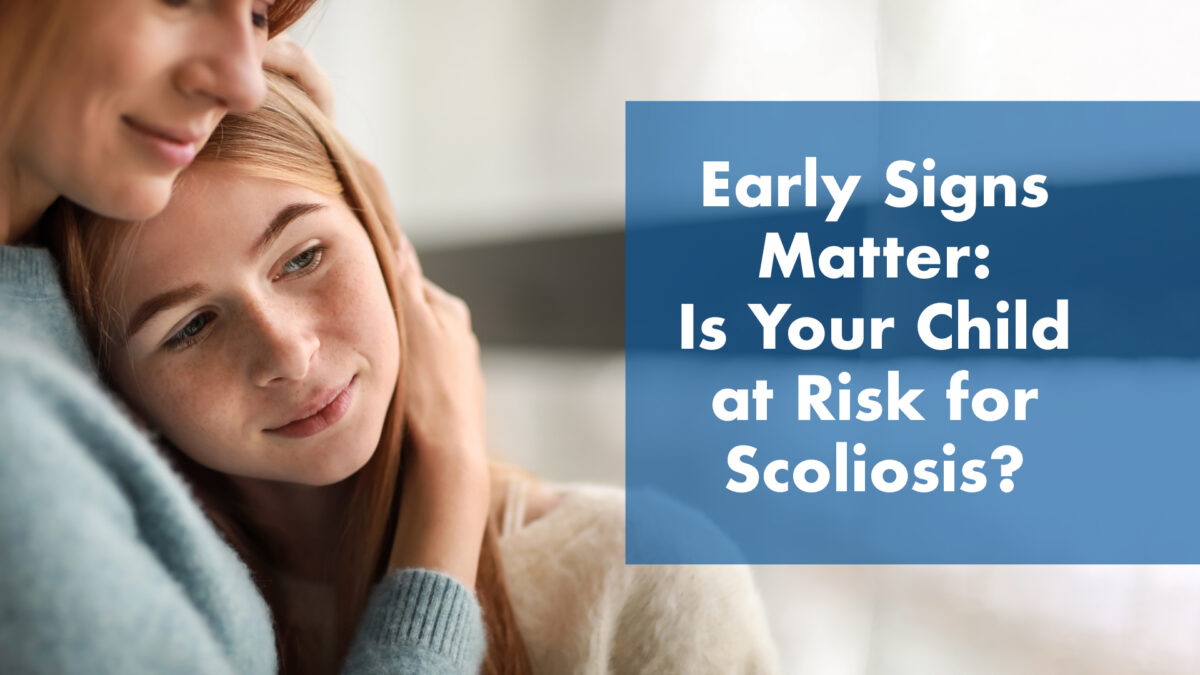
Is Your Child at Risk for Scoliosis?
How to Spot the Signs and What You Can Do About It:
Scoliosis—an abnormal sideways curve of the spine—is more common than many parents realize. It affects about 3–5% of children, often developing quietly during their fastest growth years. Because the signs can be subtle, it’s not unusual for scoliosis to go undiagnosed until the curve has progressed significantly.
At South Florida Scoliosis Center, we believe early detection is key. With non-invasive screening and personalized care, we help families avoid unnecessary bracing or surgery and take control of scoliosis before it gets worse.
What Is Scoliosis?
Scoliosis is a condition where the spine curves sideways, often forming a C or S shape. While mild cases may cause no pain, more advanced curves can impact posture, cause discomfort, and even affect lung function if left untreated. The most common type is adolescent idiopathic scoliosis, which usually appears between ages 8 and 14—right during major growth spurts.Signs to Look For:
As a parent, you know your child better than anyone. Keep an eye out for these common (but easy-to-miss) signs:- One shoulder sits higher than the other
- Uneven hips or waistline
- A prominent shoulder blade
- Ribs that stick out more on one side when bending forward
- Clothes that hang unevenly
- Complaints of back pain, stiffness, or fatigue
- Slouching or poor posture that seems to worsen over time
Why Early Detection Matters
The earlier scoliosis is detected, the more treatment options are available—especially non-surgical ones. Small curves (under 25 degrees) can often be managed and even corrected through a combination of:
- Chiropractic-based scoliosis therapy
- Customized exercises and postural retraining
- In-home rehab programs and traction therapy
- Monitoring and spinal x-rays to track progress
Catching scoliosis early means fewer interventions, less physical and emotional stress for your child, and a much greater chance of avoiding invasive procedures like spinal fusion surgery.
What to Expect During a Screening
A scoliosis screening is quick, non-invasive, and kid-friendly. We use posture checks, visual assessments, and in some cases digital X-rays to determine whether a spinal curve is present and how severe it is. If scoliosis is detected, we’ll walk you through the next steps with compassion, clarity, and a plan designed specifically for your child.Take Action Now: Book a Screening
If your child is between the ages of 7 and 15, don’t wait for symptoms to appear. A free scoliosis screening can provide peace of mind—or a powerful head start toward treatment.
Quick Contacts
Our Gallery
- Copyright 2025 South Florida Scoliosis Center
